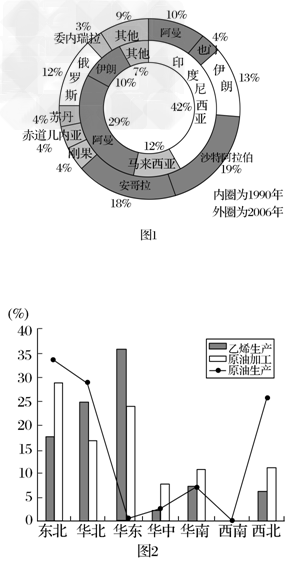Monkeys , face to face
DISCOVER magazine once reported on a curious event in the woods : a group of monkeys applied mud (泥) to their faces in order to keep away insects , but when they were done they seemed to have lost their ability to recognize each other ---two monkeys that were supposed to be friends even started fighting.
“Faces are really important to how monkeys and apes (猿)can tell one another apart,” explained Michael Alfaro, a biologist at University of California, Los Angeles (UCLA), to the New York -based International Science Times . This is quite different from many other animals , which depend heavily on smells.
Since faces play such a crucial part in the social lives of monkeys , could this explain why certain monkey species have such colorful faces while others have simpler, plainer ones ?
To test this theory , a group of researchers from UCLA studied 139 monkey species , mainly from Asia and Africa, and analyzed hundreds of headshot (头像)photos of those monkeys from their databases.
It was found that species that live in larger groups have faces with more complex color patterns than those that live in smaller groups. According to Live Science, researchers believe that this is nature’s way of making it easier for monkeys to recognize each other since those living in larger groups have to distinguish between a greater number of faces.
This is actually not that hard to understand . Just imagine if there were 10 people standing in front of you, all wearing white clothes. It would be much more difficult to tell them apart than if they wore clothes with colorful patterns. However, if there were only two people that you had to identify, a lack of color wouldn’t be much of a problem.
Apart from the need to recognize group members , researchers found that geography and environment also affect monkeys’ facial colors. Species that live closer to the equator in thick, humid (潮湿的)forests were found to have darker faces than those who live in dry areas further away from the equator. This is because darker faces help camouflage (伪装)the monkeys in the woods so that they go unnoticed by predators (捕食者).
小题1:We can learn from the article that monkeys mainly recognize each other by their __.
A.Smells
B.Facial appearances
C.body shapes
D.Voices小题2:Which of the following statements about monkeys’face patterns is TURE according to the article ?
A.Larger monkeys have more complex face color patterns.
B.Monkeys with colorful face patterns usually take higher social positions within groups.
C.Monkeys living in smaller groups usually have simpler, plainer face patterns.
D.Colorful face patterns keep monkeys safe from predators.小题3:What is article mainly about?
A.The social lives of monkeys.
B.How monkeys tell each other apart.
C.A comparison between the face patterns of monkeys and those of human beings.
D.The different factors that determine monkeys’ face patterns.

